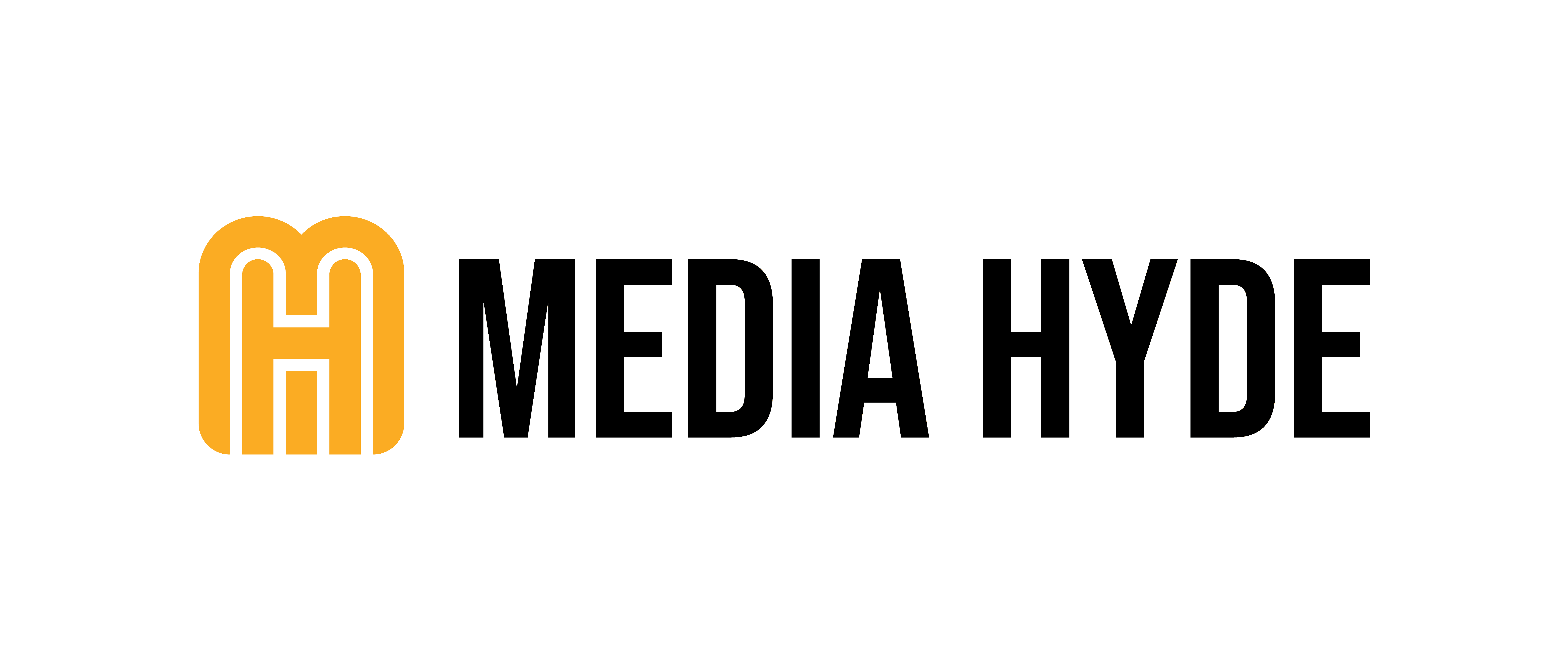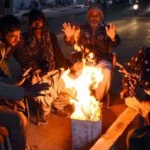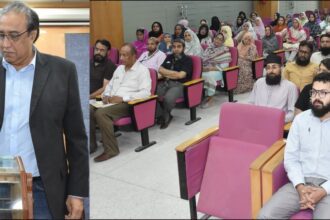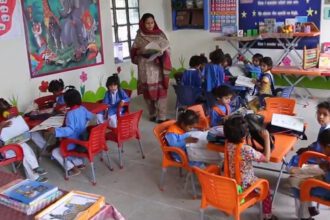PESHAWAR: A new report from the Khyber Pakhtunkhwa (KP) education department has Unveiled a troubling reality: nearly 5 million children in the province are missing out on their right to education. That’s 37% of school-age children who are not attending school—a statistic that reflects a deeper crisis beyond just numbers.
The figures are most dire in Kolai-Palas Kohistan, where over 80,000 children are out of school. The neighboring districts of Lower and Upper Kohistan aren’t far behind, with an astonishing 79% of children outside the education system. In stark contrast, Upper Chitral offers a glimmer of hope, leading the province with the lowest out-of-school rate is just 10%.
Peshawar, the provincial capital, also paints a troubling picture. Over half a million children are out of school, and the gender disparity is striking: 319,000 of them are girls, underscoring the continued challenges in ensuring equal access to education.
Speaking on the situation, KP Education Minister Faisal Tarakai acknowledged the gravity of the issue. “Over 4.8 million children remain out of school, but efforts are underway to change this reality,” he said. The minister added that 1.3 million children were enrolled last year and that the government aims to bring another million into classrooms this year.
This crisis in KP mirrors a broader national trend. According to the Pakistan Education Statistics Report 2021–22, 26.2 million children across Pakistan are out of school—amounting to 39% of the country’s school-age population. Despite modest progress in reducing this percentage over the years, rapid population growth has meant the absolute number of out-of-school children continues to rise.
Balochistan remains the hardest hit, with 65% of its children not attending school. On the other hand, the Islamabad Capital Territory (ICT) fares best.
At the primary level alone, more than 10.7 million children in Pakistan are not attending school. The situation is worse at higher levels of education: 60% of children at the higher secondary level and 44% at the high school level are missing out.
For countless families, the obstacle is not will—but poverty. For those living in underserved regions or struggling with daily expenses, education becomes a luxury they simply cannot afford.
Behind each statistic is a child with untapped potential. As KP and the rest of the country grapple with this education crisis, the question remains: how many futures are we willing to leave behind?














